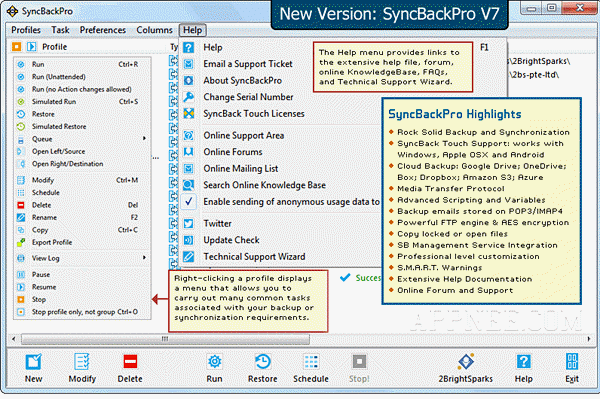
This is because the reduced transient times in NR made it possible to keep the same synchronization requirement with low overhead. In 3GPP New Radio (NR), cell phase synchronization is specified as 3µs – that is, the same as for LTE. Allocation of a budget to the different components of the guard period is the result of a trade-off between cost (product and deployment), availability, TDD periodicity and overheads. To decrease overheads, the emphasis is on striving to keep the guard periods short, while still catering for the desired effects. Since guard periods are not used for communication, they reduce the time ratio when spectrum resources can be used.

The baseband function in a base station is split into two logical units: a CU hosting the higher-layer protocols and a DU handling the lower layers to the user equipment (UE).ĥG makes it possible to serve several applications that have previously been supported either by wireline or by non-standard radio technologies, such as Critical Internet of Things (IoT) and Industrial Automation IoT services for which time synchronization is fundamental. This includes using Precision Time Protocol (PTP) and radio interface-based methods to synchronize distributed radio units in the evolved RAN architecture, where the upper and lower parts of the 5G New Radio (NR) RAN are separated in the different logical units: the centralized unit (CU), the distributed unit (DU) and the radio unit (RU). New network architectures imply new approaches to addressing the various synchronization needs. Time synchronization is also required in FDD networks when different radio coordination features are used. TDD radio frames inherently require time and phase alignment between radio base stations, to prevent interferences and related loss of traffic. Many of the commercial 5G networks going live around the world today use TDD. Finding the right balance between timing accuracy, availability and cost is key to making services successful. The RANs use different sources, often in combination, to provide synchronization characteristics to match the network use case and services delivered. RANs are designed to optimize service performance and reliability, and synchronization is a vital enabler.

Its importance has grown in 4G, and it will be more important than ever in 5G and future networks.

Although the fundamental synchronization requirements have not become more stringent in 5G, the need for time synchronization has become much more critical.Īccurate and reliable synchronization has long been a fundamental prerequisite for the correct operation of telecommunications networks. The need for synchronization in the RAN has grown as new radio technologies and network architectures emerge to boost efficiency and support demanding 5G use cases.


 0 kommentar(er)
0 kommentar(er)
